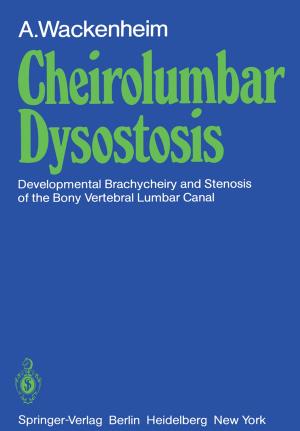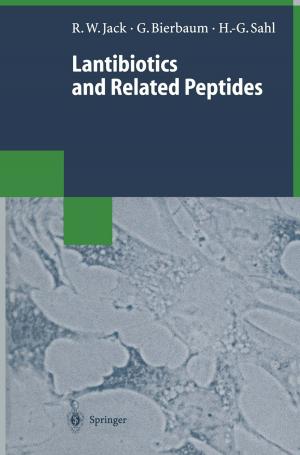Clostridium difficile
Nonfiction, Science & Nature, Science, Biological Sciences, Microbiology, Health & Well Being, Medical, Medical Science, Pharmacology| Author: | ISBN: | 9783662062722 | |
| Publisher: | Springer Berlin Heidelberg | Publication: | April 17, 2013 |
| Imprint: | Springer | Language: | English |
| Author: | |
| ISBN: | 9783662062722 |
| Publisher: | Springer Berlin Heidelberg |
| Publication: | April 17, 2013 |
| Imprint: | Springer |
| Language: | English |
Clostridium difficile has been recognized as the cause of a broad spectrum of enteric disease ranging from mild antibiotic-associated diarrhea to pseudomembranous colitis. This volume gives new insights into the microbiology, diagnostics and epidemiology of Clostridium difficile and describes recent strategies in treatment of diseases caused by this agent. Main parts of the volume are devoted to Clostridium difficile toxins A and B which are the major virulence factors. The molecular biology, biochemistry, pharmacology and cell biology of these toxins which are the prototypes of a new family of large clostridial cytotoxins is described in great detail. Clostridium difficile toxins act as glucosyltransferases to inactivate small GTP-binding proteins of the Rho family which are involved in regulation of the actin cytoskeleton, cell adhesion and various signaling processes.
Clostridium difficile has been recognized as the cause of a broad spectrum of enteric disease ranging from mild antibiotic-associated diarrhea to pseudomembranous colitis. This volume gives new insights into the microbiology, diagnostics and epidemiology of Clostridium difficile and describes recent strategies in treatment of diseases caused by this agent. Main parts of the volume are devoted to Clostridium difficile toxins A and B which are the major virulence factors. The molecular biology, biochemistry, pharmacology and cell biology of these toxins which are the prototypes of a new family of large clostridial cytotoxins is described in great detail. Clostridium difficile toxins act as glucosyltransferases to inactivate small GTP-binding proteins of the Rho family which are involved in regulation of the actin cytoskeleton, cell adhesion and various signaling processes.















